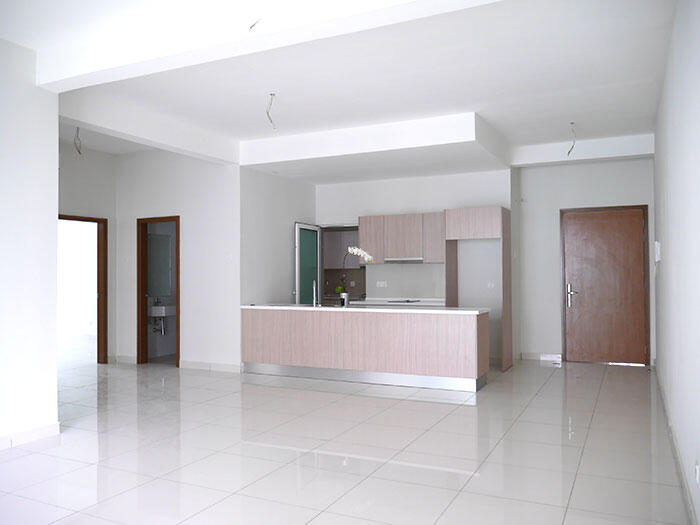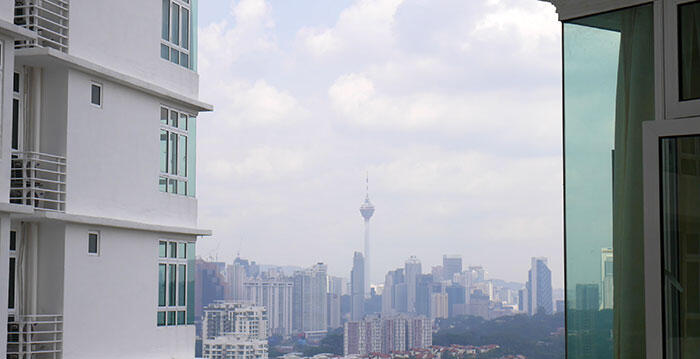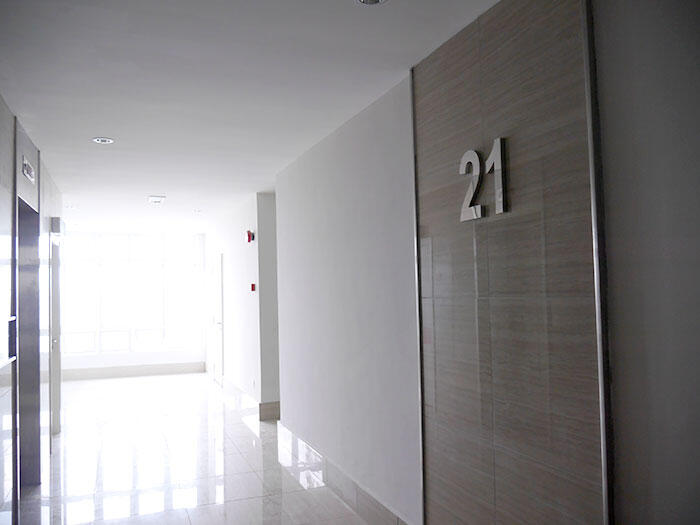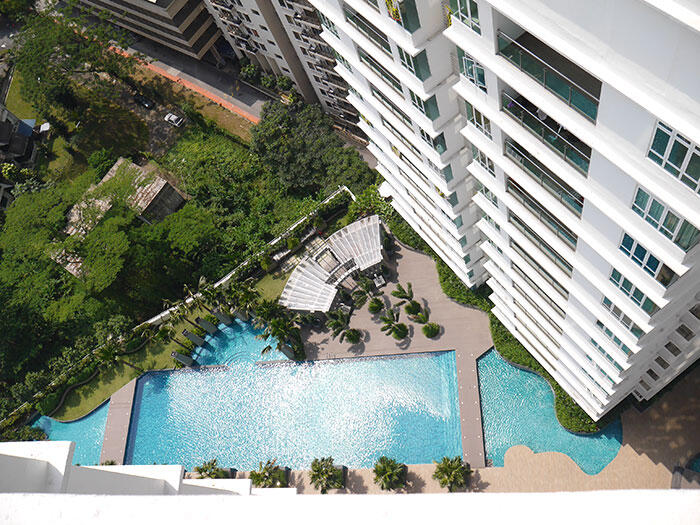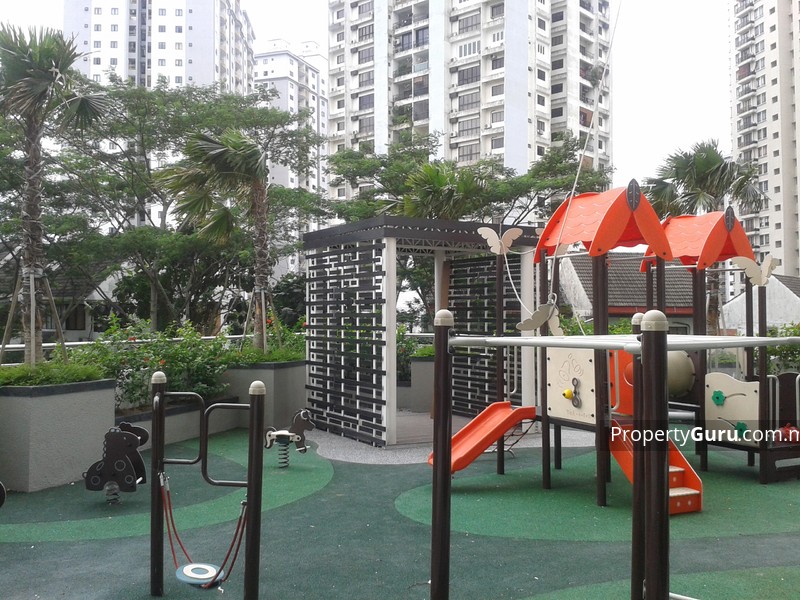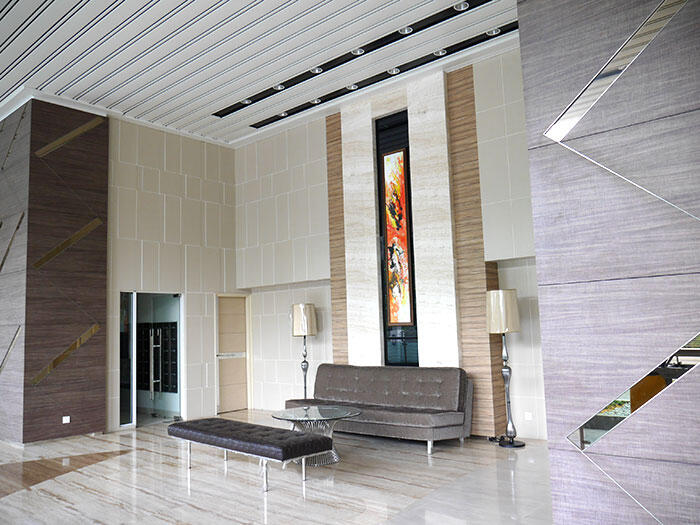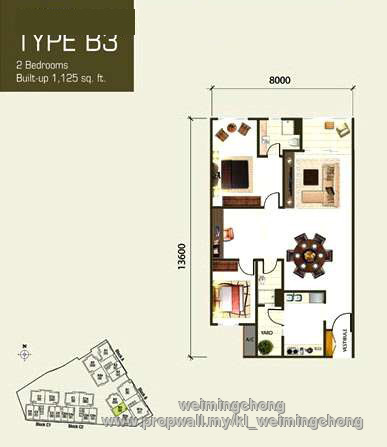NSF International is a global independent public health and environmental organization that provides standards development, product certification, testing, auditing, education and risk management services for public health and the environment. It has earned ISO 14001 environmental management system certification, which demonstrates the organization’s overall commitment to environmental stewardship.
NSF developed its first drinking water treatment standard in 1973. Today, they test to seven point-of-use/point-of-entry (POU/POE) drinking water treatment standards and have certified thousands of systems and components.
The NSF POU/POE standards address the wide array of drinking water treatment technologies on the market today, including adsorptive medias, ion exchange, reverse osmosis, ceramic filters, pleated filters, ultraviolet (UV), distillation, reduction-oxidation (redox), shower filters and more.
Each
NSF Residential Drinking Water Treatment Standard sets thorough health requirements and performance criteria for specific types of products. Contaminant reduction claims can be certified under each standard and can vary according to each water treatment technology capability. Systems that utilize more than one treatment technology may be certified under multiple standards.
Reverse osmosis systems are the only NSF certified systems that reduce
fluoride and nitrate; and Reverse Osmosis systems are the only ones that
are NSF certified to reduce both lead and copper.
How Do Products Become NSF Certified?
To earn NSF certification, water treatment systems must undergo extensive testing to confirm that they meet the strict requirements of American National Standards. In addition to verifying that the system is structurally sound, NSF verifies that:
- The contaminant reduction claims shown on the label are true.
- The system does not add anything harmful to the water.
- The product labeling, advertising and literature are not misleading.
Filtration
Two NSF standards cover filtration systems: NSF/ANSI 42 addresses aesthetic claims and NSF/ANSI 53 addresses health claims.
NSF/ANSI Standard 42: Drinking Water Treatment Units - Aesthetic Effects
NSF/ANSI Standard 42 establishes the minimum requirements for the certification of POU/POE filtration systems designed to reduce specific aesthetic or non-health-related contaminants (chlorine, taste, odor and particulates) that may be present in public or private drinking water.
The scope of NSF/ANSI 42 includes material safety, structural integrity and aesthetic, non-health-related contaminant reduction performance claims. The most common technology addressed by this standard is carbon filtration.
NSF/ANSI Standard 53: Drinking Water Treatment Units - Health Effects
NSF/ANSI Standard 53 establishes the minimum requirements for the certification of POU/POE filtration systems designed to reduce specific health-related contaminants, such as Cryptosporidium, Giardia, lead, volatile organic chemicals (VOCs) and MTBE (methyl tertiary-butyl ether), that may be present in public or private drinking water.
The scope of NSF/ANSI 53 includes material safety, structural integrity and health-related contaminant reduction performance claims. The most common technology addressed by this standard is carbon filtration.
Ultraviolet (UV)
NSF/ANSI Standard 55: Ultraviolet Microbiological Water Treatment Systems
NSF/ANSI Standard 55 establishes the minimum requirements for the certification of point-of-use/point-of-entry (POU/POE) ultraviolet (UV) systems and includes two optional classifications:
Class A systems (40 mJ/cm2) are designed to disinfect and/or remove microorganisms, including bacteria and viruses, from contaminated water to a safe level. Class A systems may claim to disinfect water that may be contaminated with pathogenic bacteria, viruses, Cryptosporidium or Giardia.
Class B systems (16 mJ/cm2) are designed for supplemental bactericidal treatment of public or other drinking water that has been deemed acceptable by a local health agency. Class B systems may claim to reduce normally occurring nuisance microorganisms.
Reverse Osmosis (RO)
NSF/ANSI Standard 58: Reverse Osmosis Drinking Water Treatment Systems
NSF/ANSI Standard 58 establishes the minimum requirements for the certification of point-of-use (POU) reverse osmosis systems designed to reduce contaminants that may be present in public or private drinking water.
The scope of NSF/ANSI 58 includes material safety, structural integrity, total dissolved solids (TDS) reduction and other optional contaminant reduction claims. The most common optional claims addressed by NSF/ANSI 58 include cyst reduction, hexavalent and trivalent chromium reduction, arsenic reduction, nitrate/nitrite reduction, and cadmium and lead reduction.
NSF International
Add: P.O Box 130140, 789 N. Dixboro Road, Ann Arbor, MI 48105, USA
Email: info@nsf.org
Tel: +1 734 769 8010
Fax: +1 734 769 0109
Toll Free USA: +1800 NSF MARK (800 673 6275)
Search for NSF Certified Drinking Water Treatment Units, Water Filters:
http://info.nsf.org/Certified/DWTU/



